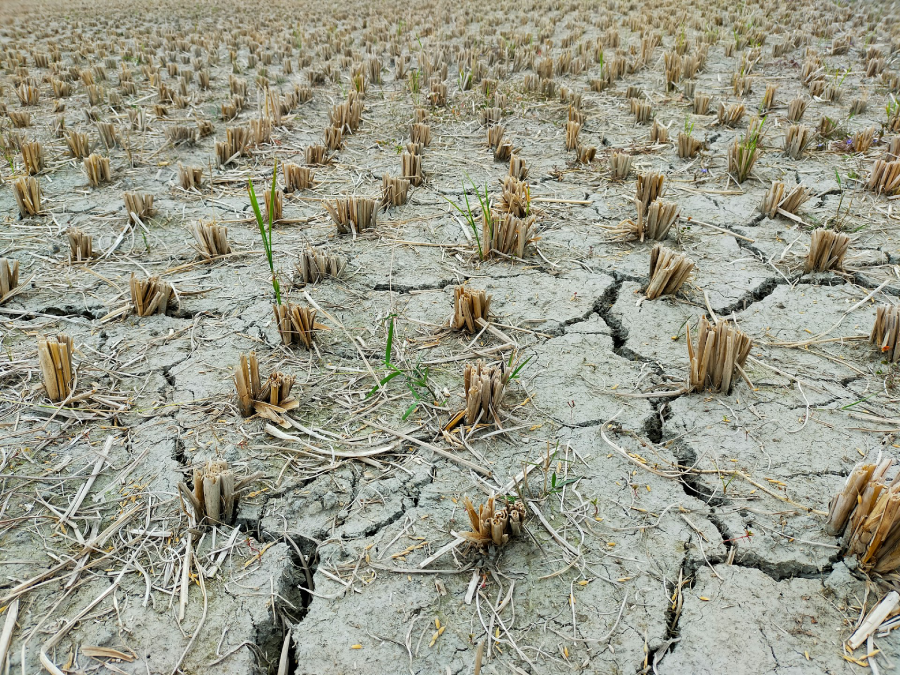Utilização de parentes silvestres para culturas resistentes à seca

A seca representa um desafio significativo para os agricultores de todo o mundo, exacerbado pelas mudanças climáticas. Para alimentar uma população crescente, a agricultura sustentável deve aumentar a produtividade das culturas com menos água. Parentes selvagens de culturas como trigo e cevada oferecem características genéticas para tolerância ao estresse, mas os métodos tradicionais de triagem são inadequados.
Novo pesquisa publicado na New Phytologist, propõe uma abordagem sistemática usando técnicas de imagem de alto rendimento para identificar características benéficas em linhas de culturas selvagens. Esse método vai além das avaliações visuais e das avaliações de rendimento de grãos, que são um desafio para os parentes selvagens.
Não perca essa chance! Assine nosso boletim informativo para receber o conteúdo mais recente diretamente em sua caixa de entrada ou registro GRATUITAMENTE para obter acesso total.
Tecnologias avançadas de sensoriamento remoto detectam comprimentos de onda de luz refletidos pelas plantas, incluindo emissões térmicas e fluorescência, fornecendo percepções além da visão humana. Ao combinar imagens hiperespectrais e térmicas, os pesquisadores podem avaliar a eficiência do uso da água nas plantações e descobrir características adaptáveis à seca em linhagens selvagens.
As plantas perdem água por meio da transpiração, um processo que ocorre por meio dos estômatos, o que também permite a entrada de dióxido de carbono nas folhas. Essa função dupla apresenta uma compensação entre a conservação da água e o consumo de carbono para a fotossíntese. A nova técnica de triagem leva em conta essa compensação, identificando plantas que podem suportar a escassez prolongada de água e, ainda assim, retomar o crescimento saudável após a reidratação.
Ao utilizar dados de sensoriamento remoto hiperespectral e térmico, os pesquisadores desenvolveram um índice de eficiência de transpiração baseado em imagens (iTE). Esse parâmetro ajuda a identificar linhas selvagens com uso eficiente de água em condições de seca, mantendo sua capacidade de crescimento. O índice iTE também pode ser aplicado a culturas comerciais cultivadas.
A colaboração com o Instituto de Agricultura Sustentável da Espanha (IAS-CSIC) revelou uma forte correlação entre o aumento do iTE em condições de seca e a estabilidade do rendimento em variedades comerciais de trigo. Essa relação destaca o potencial de integração do índice iTE com as métricas tradicionais de desempenho de rendimento para tomar decisões de melhoramento mais informadas.
O objetivo final é usar técnicas avançadas de reprodução, como a domesticação de novo, para modificar linhagens selvagens promissoras para que sejam compatíveis com as práticas agrícolas padrão. Essa abordagem acelera o processo tradicional de seleção e criação de melhores culturas, tornando as plantas tolerantes ao estresse mais acessíveis e desejáveis para os produtores.
Ao aproveitar o sensoriamento remoto hiperespectral e as modernas técnicas de reprodução, essa pesquisa visa revolucionar o desenvolvimento de culturas, adaptando as plantas às mudanças climáticas e atendendo à crescente demanda global por alimentos.


Respostas